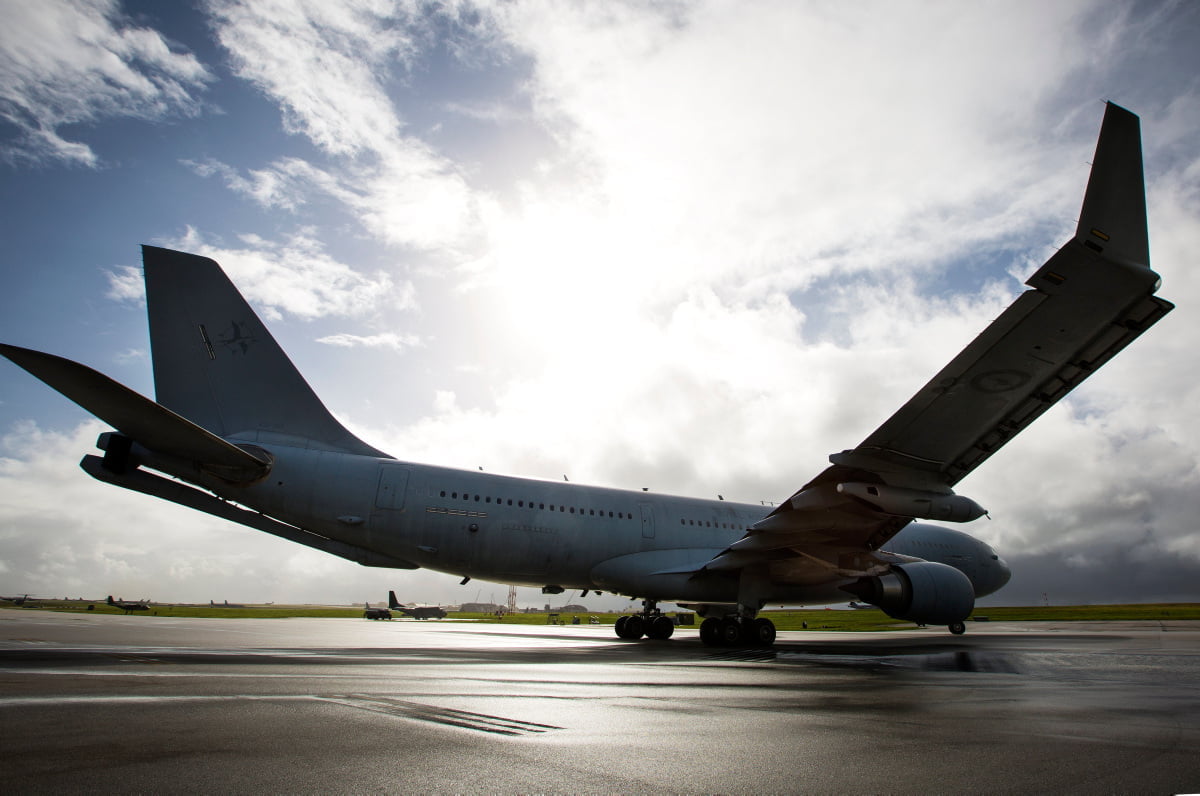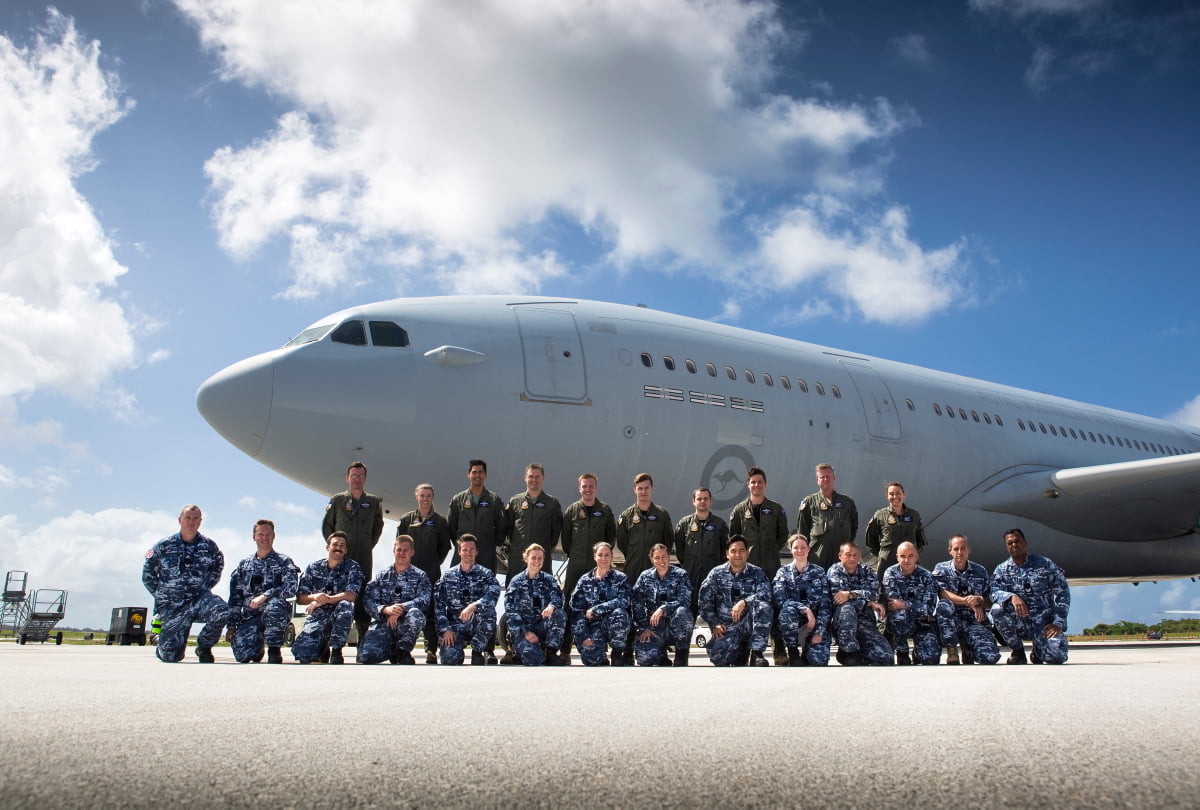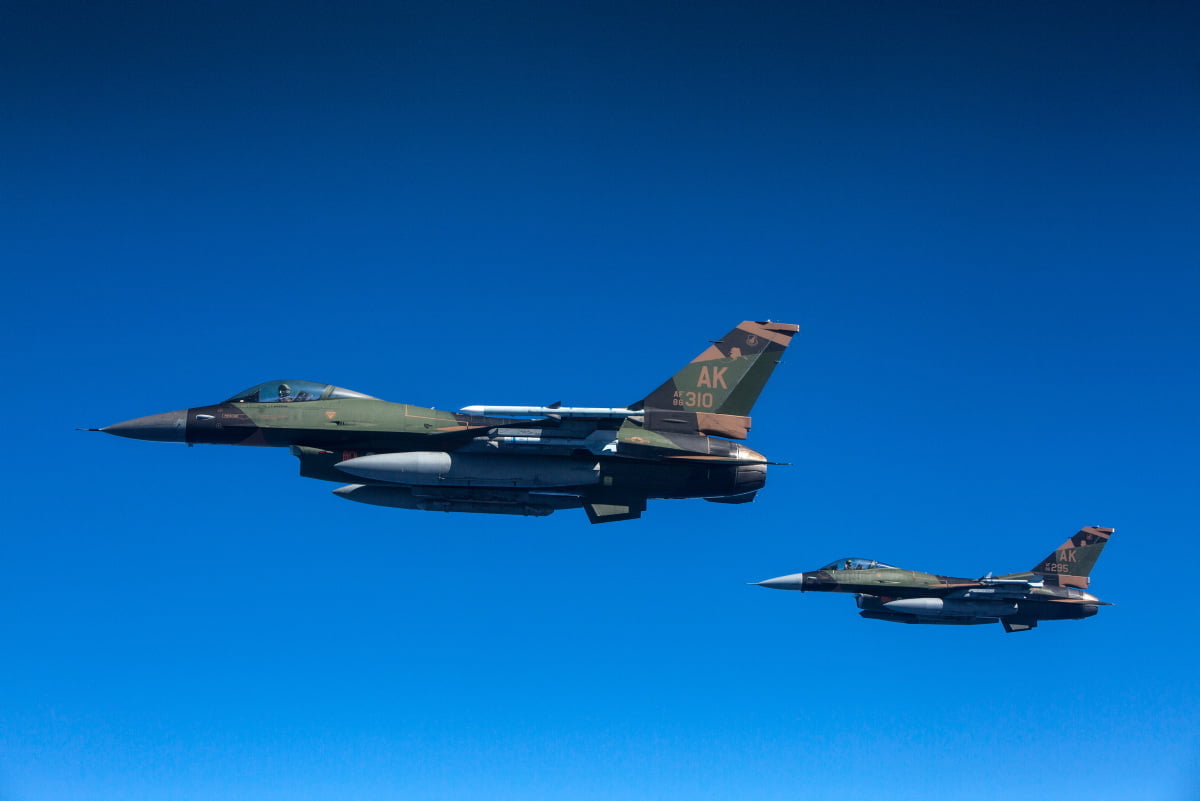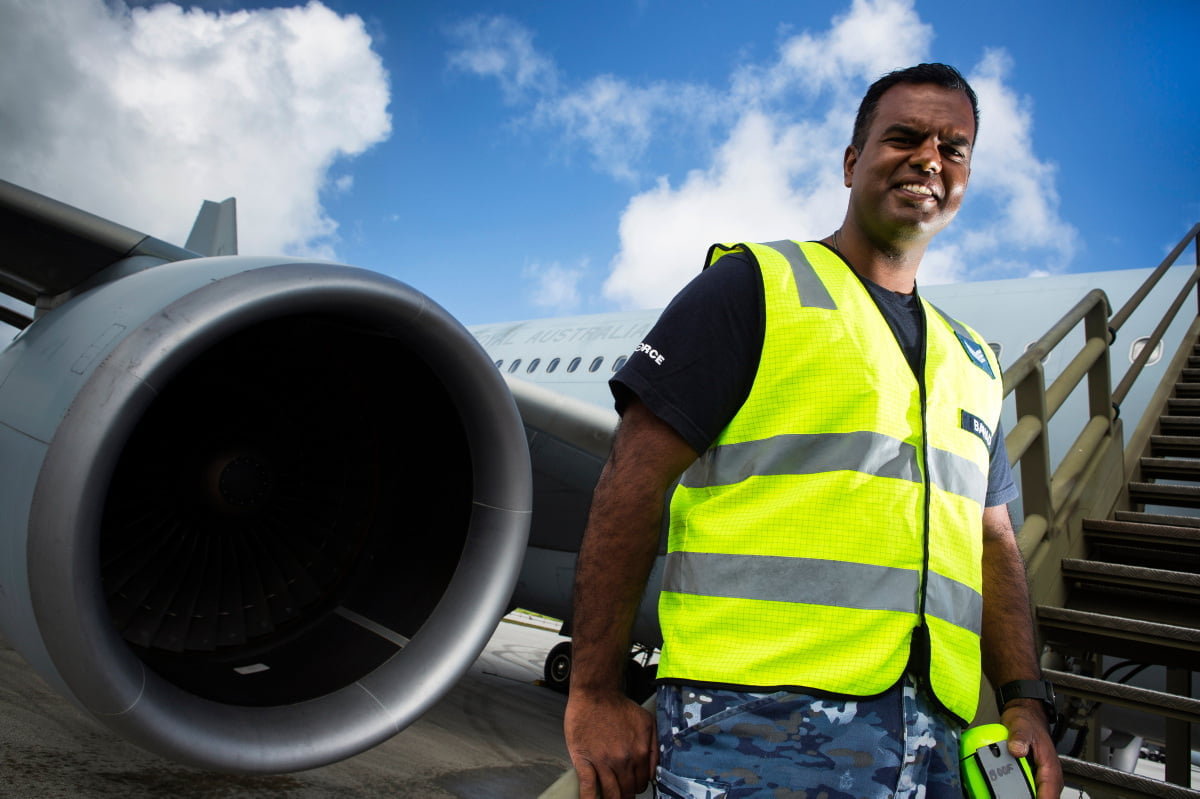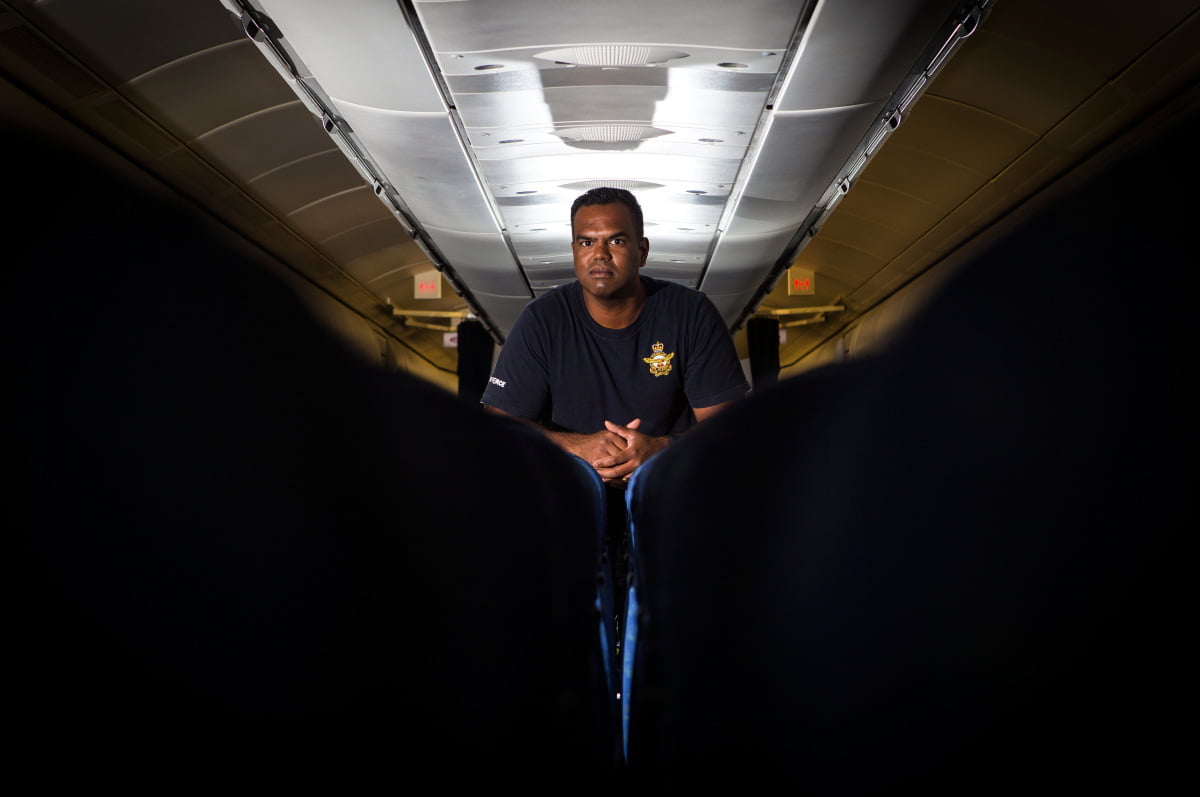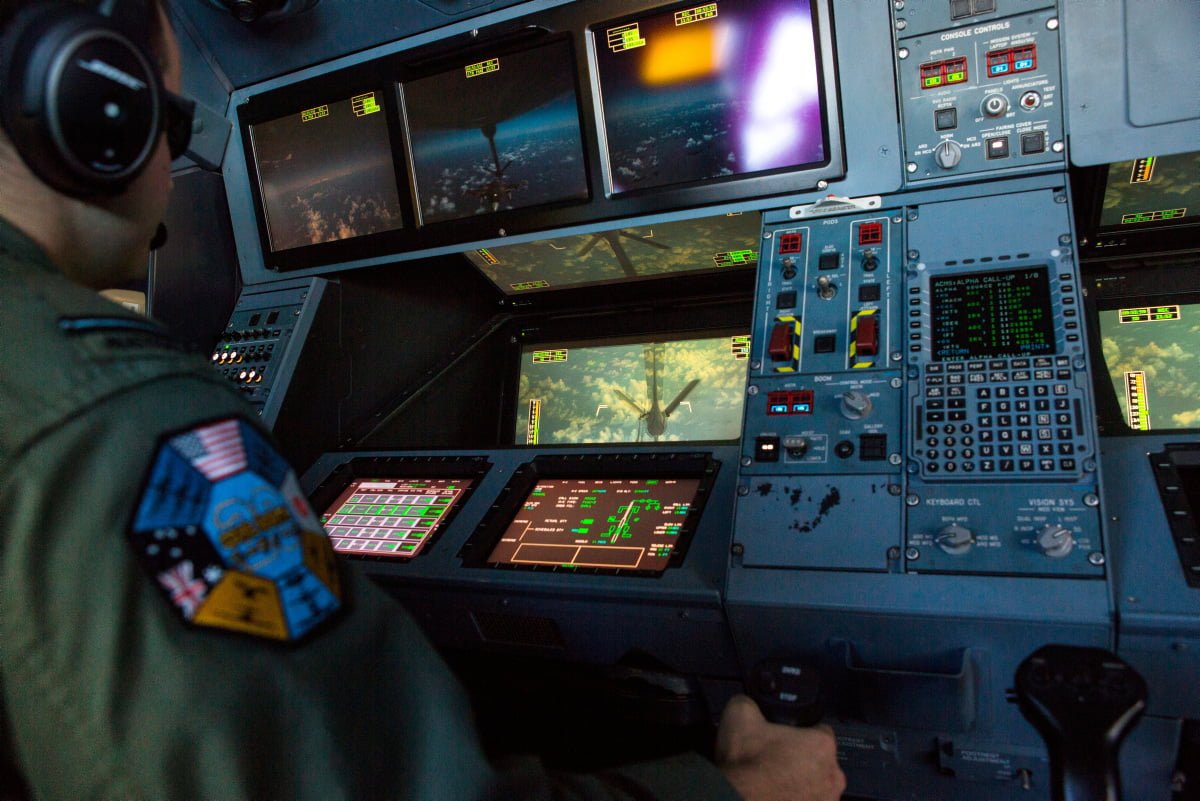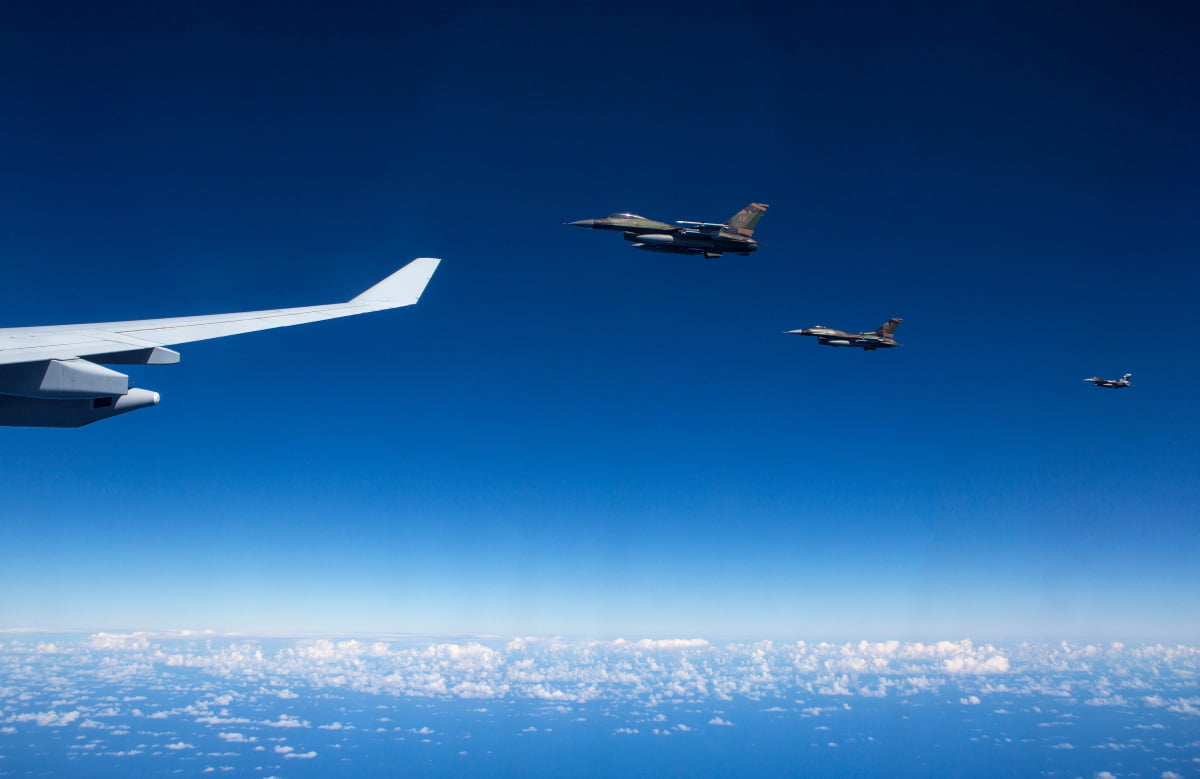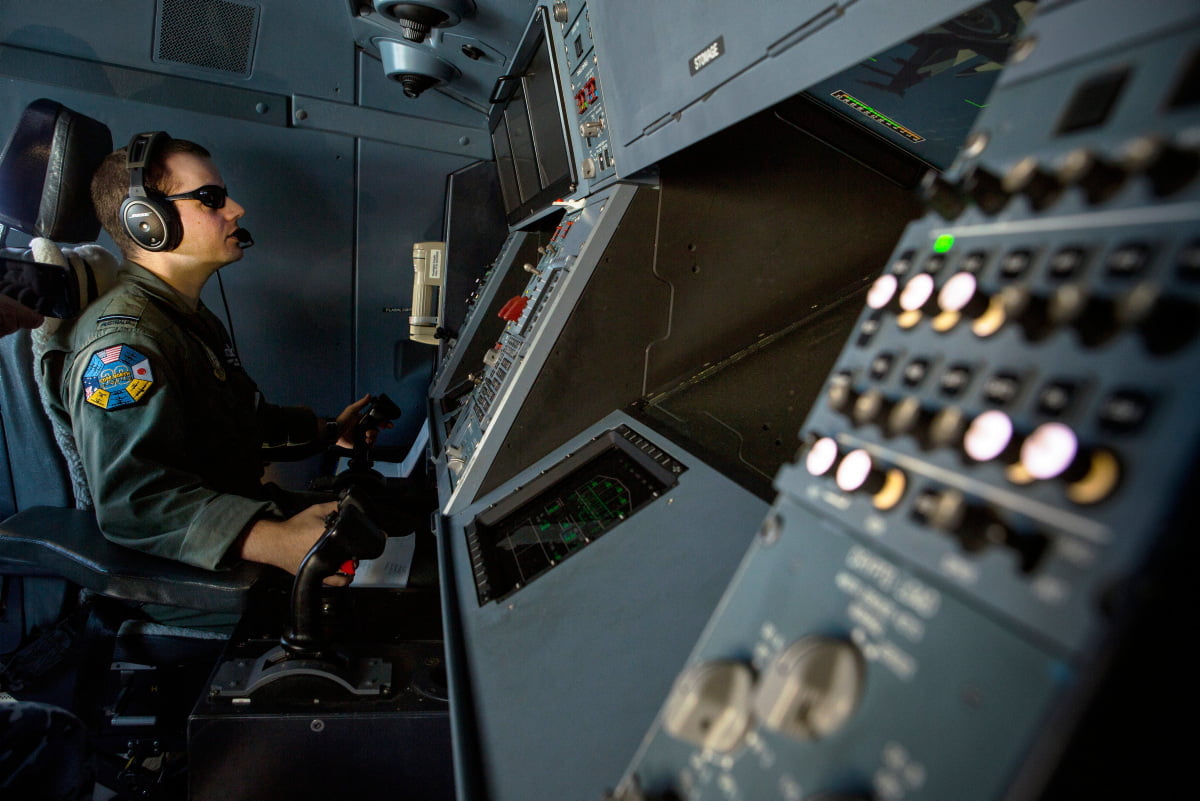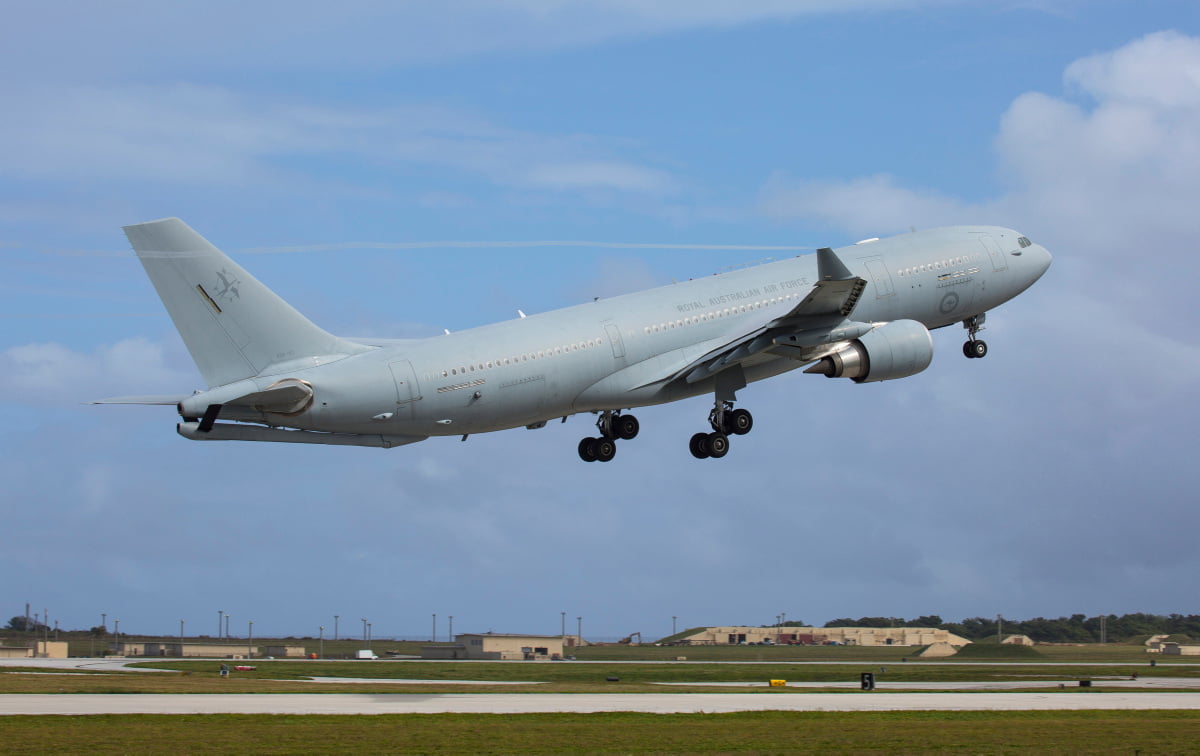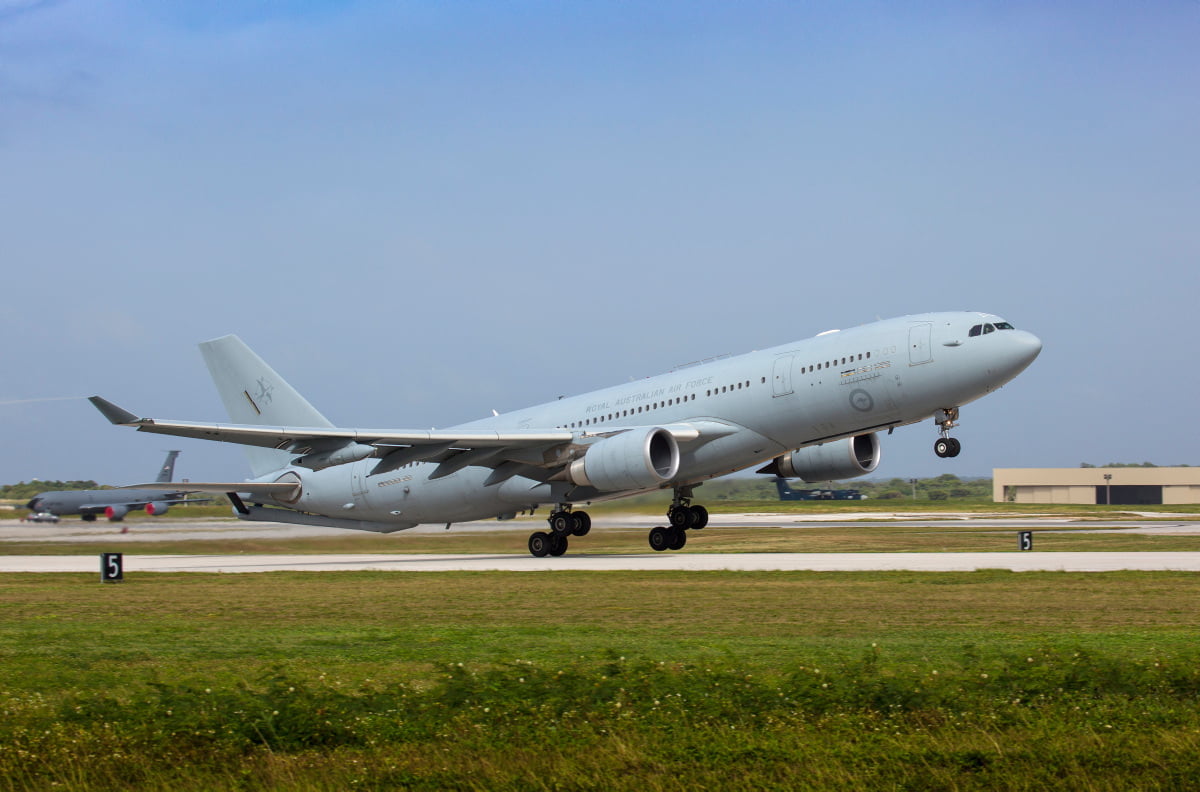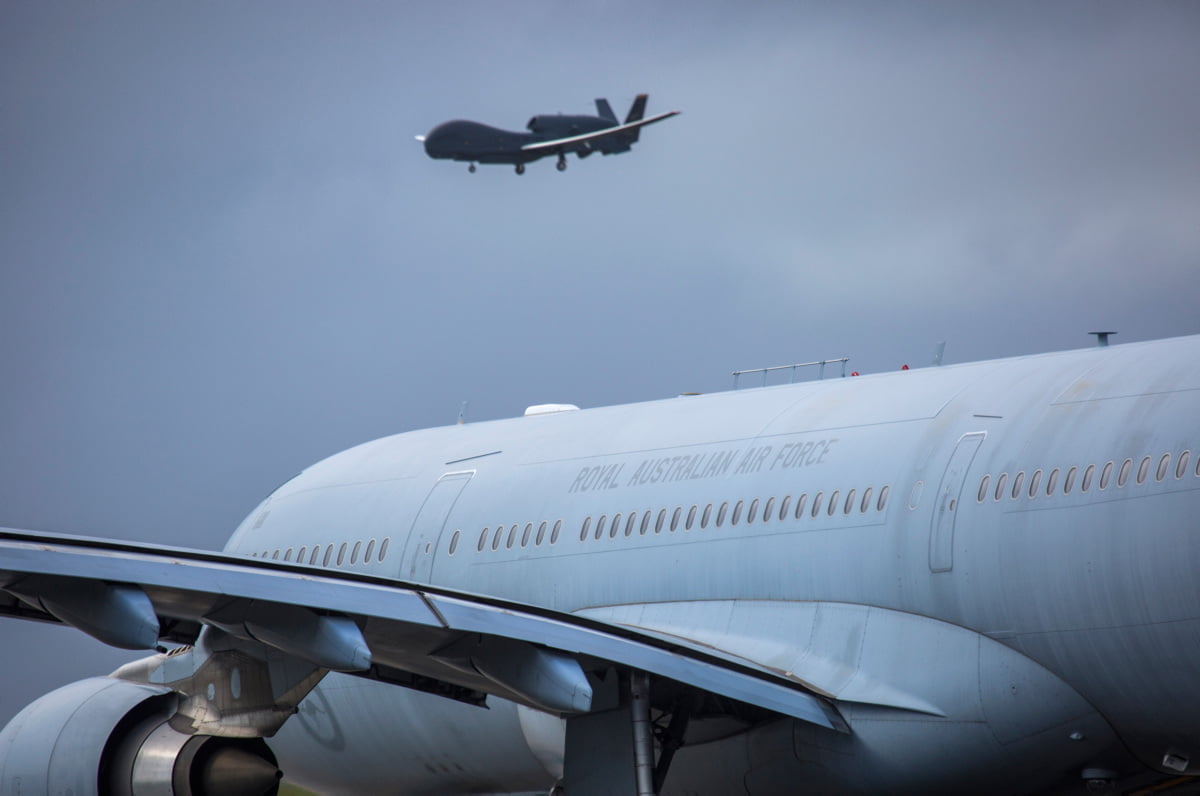While the USAF is still waiting for its new tanker, the RAAF has been using the original tanker downselected by the USAF 12 years ago.
In the slideshow, the KC-30A is seen operating in this year’s Cope North exericse.
In a story published on February 29, 2008. the award of the new tanker contract to Northrop Grumman was highlighted by a USAF article.
WASHINGTON (AFPN) — Secretary of the Air Force Michael W. Wynne and Vice Chief of Staff of the Air Force Gen. Duncan J. McNabb announced the selection of Northrop Grumman as the winner of the KC-X competition for development and procurement of up to 179 tanker aircraft for approximately $35 billion.
The initial contract for the newly named KC-45 is for the system design and development of four test aircraft for $1.5 billion. This contract also includes five production options targeted for 64 aircraft at $10.6 billion.
“The tanker is the number one procurement priority for us right now,” General McNabb said. “Buying the new KC-45A is a major step forward and another demonstration of our commitment to recapitalizing our Eisenhower-era inventory of these critical national assets. Today is not just important for the Air Force, however. It’s important for the entire joint military team, and important for our coalition partners as well. The KC-45A will revolutionize our ability to employ tankers and will ensure the Air Force’s future ability to provide our nation with truly Global Vigilance, Reach, and Power.
“It is the first step in our critical commitment to recapitalize our aging fleet to move, supply and position assets anywhere. In this global Air Force business, the critical element for air bridge, global Intelligence, surveillance and reconnaissance and global strike is the tanker,” he said.
The KC-45A will provide significantly greater air refueling capabilities than the current fleet of Eisenhower-era KC-135 Stratotankers it will begin replacing. For example, it will be able to refuel Air Force and Navy aircraft on every flight. These aircraft have different systems for receiving fuel and today, KC-135s must be set up for one or the other before takeoff.
The KC-45A will be equipped for both systems on every flight and also will have connections for wing pods. When wing pods are installed, it can refuel two probe-equipped aircraft, such as those flown by Navy and many allied aircrews, at the same time. The KC-45A can even be refueled in flight by other tankers.
The KC-45A also will have defensive systems that allow it to go into dangerous environments that tanker aircrews currently have to avoid. It will also supplement the airlift fleet by carrying cargo, passengers and medical patients in a secondary role.
The KC-X source selection used a “best value” determination to select a winner based on five factors: mission capability, proposal risk, past performance, cost/price and an integrated fleet air refueling assessment — performance in a simulated war scenario. These five factors were developed after consulting with industry and were finalized prior to starting the competition. Considered together, these grading criteria ensured the Air Force maximized the capability delivered to the warfighter while optimizing the taxpayers’ investment.
Air Force officials followed a carefully structured process, designed to provide transparency, maintain integrity and promote fair competition. Air Force officials met with offerors on numerous occasions to gain a thorough understanding of their proposals and provide feedback on their strengths and weaknesses. Officials also provided insight into government cost estimates throughout the process instead of waiting until the post-decision debrief. The competitors indicated they’ve been very pleased with the degree of communication.
The evaluation team comprised experts covering a broad spectrum of specialties from acquisition to operations and was hand-picked from across the Air Force and other government agencies.
As part of the process, Air Force officials will now provide a written notice to both the selected and not-selected and offer to provide a debrief on their bid proposals. To maintain the integrity of that process, officials will be unable to provide additional information about the proposals and contract.
“Today’s announcement is the culmination of years of tireless work and attention to detail by our acquisition professionals and source selection team, who have been committed to maintaining integrity, providing transparency and promoting a fair competition for this critical aircraft program,” Secretary Wynne said. “Through these efforts, we believe we will provide a higher-value resource to the warfighter and the taxpayer.”
That was then and after various tanker acquisition dynamics, here we are 12 years later and no new tanker.
Not only that, we will have to wait THREE MORE YEARS for the delivery of the new tanker to the operational USAF.
In an article by Brian W. Everstine published on February 10, 2020, we learn that the USAF will further reduce its tanker fleet while waiting for the troubled Boeing tanker.
The Air Force wants to retire 28 legacy tankers, even though the KC-46 is years away from operational capability.
“The bottom line is: To try ensure we have the capabilities we’re going to need in the future, we’re going to have to take some risk,” Maj. Gen. John Pletcher, the Air Force deputy assistant secretary for budget, said in a Feb. 10 briefing. “We can’t continue to fund everything … that we have in our force today without eventually having to make some tough choices, so this budget does that.”
The Air Force’s budget request calls for retiring 16 KC-10 Extenders from the Active Duty fleet, eight KC-135s from the Active Duty, and five KC-135s from the Reserve. These tankers will be the oldest and least capable, according to the Air Force. At the same time, the service plans to spend about $2.85 billion on 15 new KC-46s, along with $24 million in modifications and $106.3 million in research, development, test, and evaluation.
The KC-46 fleet has been plagued by problems, especially with its Remote Vision System, which links the boom operator to the refueling system. Air Force leaders have said the problems with the RVS and Boeing’s slow progress toward fixing it means the KC-46 will not be deployable for at least three years.
Lest you were wondering, many of our allies do not have this problem as they are operating the advanced Airbus tanker, and in the case of the RAAF, for many, many years.
Collectively, the global fleet of Airbus tankers has logged more than 125,000 flight hours and has been acquired by eight customers worldwide. The first KC-30A aircraft was accepted by the RAAF in June 2011 and the maiden flight was performed in September 2011, The RAAF took its second KC-30A in September 2011 and its third in November 2011.
Let us see.
The USAF selected its variant of the A330MRTT in 2008, 12 years ago.
The RAAF RECEIVED its new tanker sin 2011.
And the USAF is projected to get their new Boeing air tanker in 2023.
Not exactly agile contracting and delivery.


